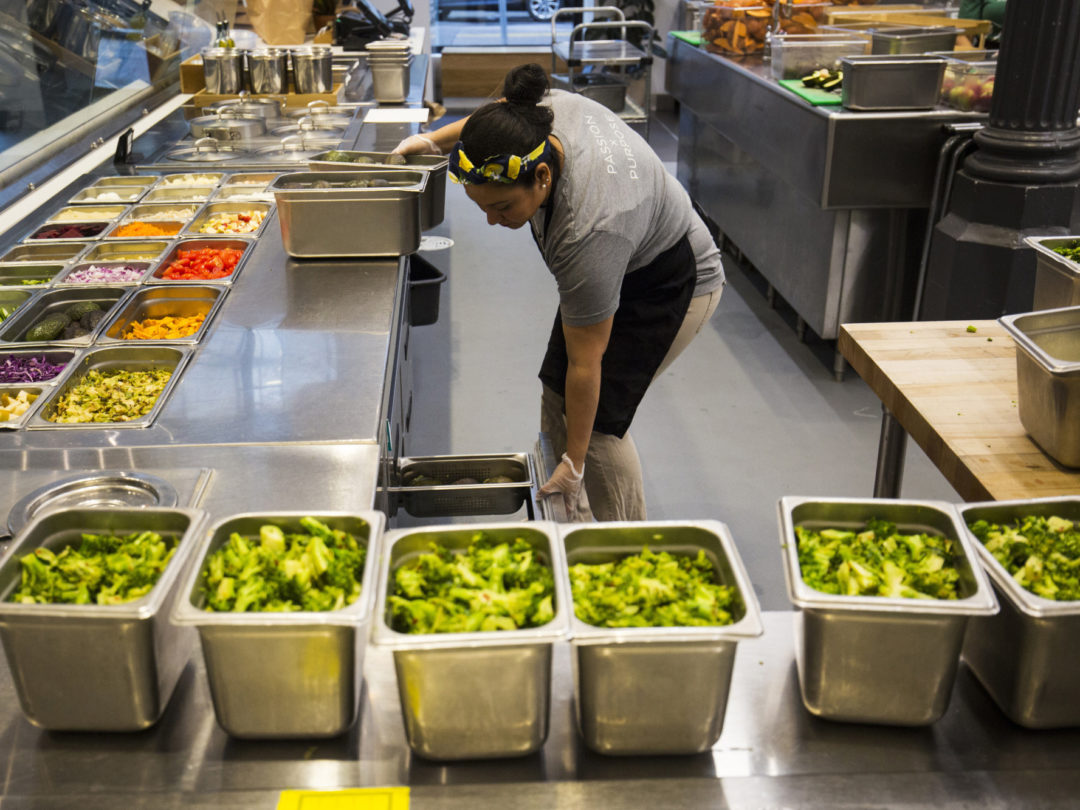
Unemployment fell by 782,000 to 8.7 million in July, the largest month-over-month decline since August 2020. But labor shortages persist and employers are exploring options like increased wages, tuition reimbursement and healthcare benefits to attract workers.
However, these enticements may not be enough to fill the frontline labor gap. Although employers are pulling every quick lever they can to attract and retain talent, many organizations are still failing to provide an engaging employee experience and a work environment primed for personal fulfillment and growth.
Is there a lack of workers to fill open roles, or do people simply want more from their employers?
Ultimately, businesses need to foster an engaging work environment that values and supports employees because it’s going to take more than just higher wages to fill the current labor gap.
Point of No Return
The reality is that many frontline workers who were laid off in the early months of the pandemic have no intention of returning to their frontline jobs. A recent study from Pew Research Center found that nearly 70% of adults who were furloughed or laid off have seriously considered switching occupations with no intention of returning to their pre-pandemic jobs.
The study’s findings are problematic for some, but present an opportunity for employers who can deliver what employees are looking for. Additionally, frontline workers who held onto employment through the pandemic are beginning to look for new opportunities.
There are several reasons why frontline workers are shaking things up:
- Low wages. Many frontline workers have left past employers to pursue higher-paying jobs. In industries where an additional 25 cents an hour can motivate an employee to work for a competitor down the street, compensation plays a major role in attracting and retaining frontline workers.
- Covid concerns. Many frontline workers have no intention of returning to their jobs until an overwhelming majority of the population is fully vaccinated. And even those who were once willing to return are now hesitant due to concerns around the delta variant. In addition, workers are frustrated by colleagues and customers who don’t comply with public health guidance.
- Burnout. Frontline employees work irregular hours and manage stressful, non-accommodating schedules, which often leaves them feeling burned out and anxious. The pandemic only exacerbated these feelings, leading many to explore less stressful employment options.
Frontline workers are critical to a business’s success — and they need to feel supported and taken care of in a way that extends beyond maintaining parity with your competitors. To fill the labor gap, you need to cultivate an engaging, supportive workplace environment that provides flexibility and offers the resources frontline workers need.
Employee Experience
With businesses struggling to fill frontline positions, it’s crucial to create an employee-first environment that’s attractive to frontline workers and cost-effective for your business. An employee-first culture goes far beyond wages and perks: In fact, 92% of workers prioritize empathy from employers over other perks. Let’s take a closer look at three ways to build an employee-first workplace culture:
Provide the right digital tools. Frontline workers, from the warehouse to the field, often lack the tools to efficiently communicate, perform daily tasks, manage scheduling and access training. Outdated technology and paper scheduling — which 70% of businesses still use — can lead to frustrations and burnout. One way to modernize the frontline workforce is through a digital workplace platform. By using a single app that lives on personal devices, rugged devices or on-premise kiosks, employees can access scheduling, training resources and COVID-19 protocols in real time. Access to these tools fosters engagement that helps prevent burnout, improves performance and increases employee collaboration.
Offer flexibility. The pandemic proved flexibility is essential in the workplace. Flexible scheduling ensures employees work when and where they want, while ensuring compliant shift coverage that supports the needs of the business. With mobile shift management tools, workers can not only access schedules from their phones, but trade shifts or post shifts they can no longer take. Scheduling flexibility is critical for employees trying to earn extra cash by picking up additional shifts. And allowing employees to increase their earnings allows them to drop secondary employment and focus on your business. In addition to scheduling flexibility, early access to earned wages can differentiate your business from other employers. A digital workplace platform with ExpressPay enables workers to receive a percentage of their earned income early, with zero fees.
Give employees a voice. Establishing a channel for top-down and bottom-up communication creates a space for informative collaboration. A two-way communication channel is an effective way to receive feedback from your employees, answer questions and address concerns. Using a digital workplace platform for communication shows you care about employees’ opinions and helps eliminate ambiguity. Employees are less likely to experience burnout when they feel valued.
Competition for talent is at an all-time high. The pandemic changed the way employees think about their careers, leading many to expect more from their employers. Now more than ever, frontline workers want their organizations to provide a supportive workplace that values its employees and provides them with the resources they need to succeed.
Steven Kramer is president and CEO of WorkJam.







